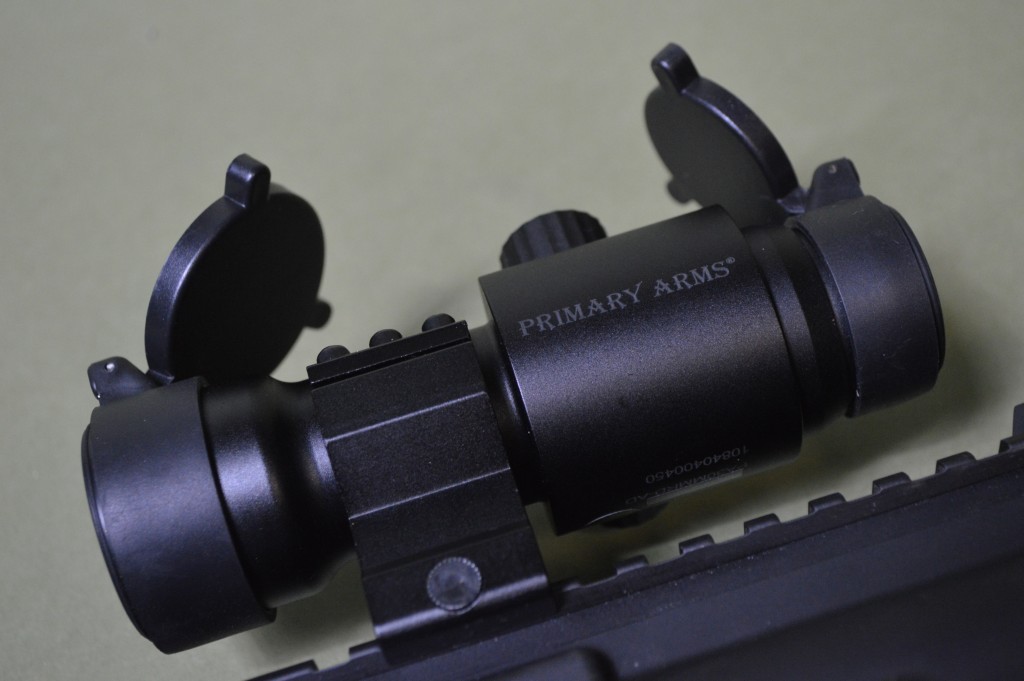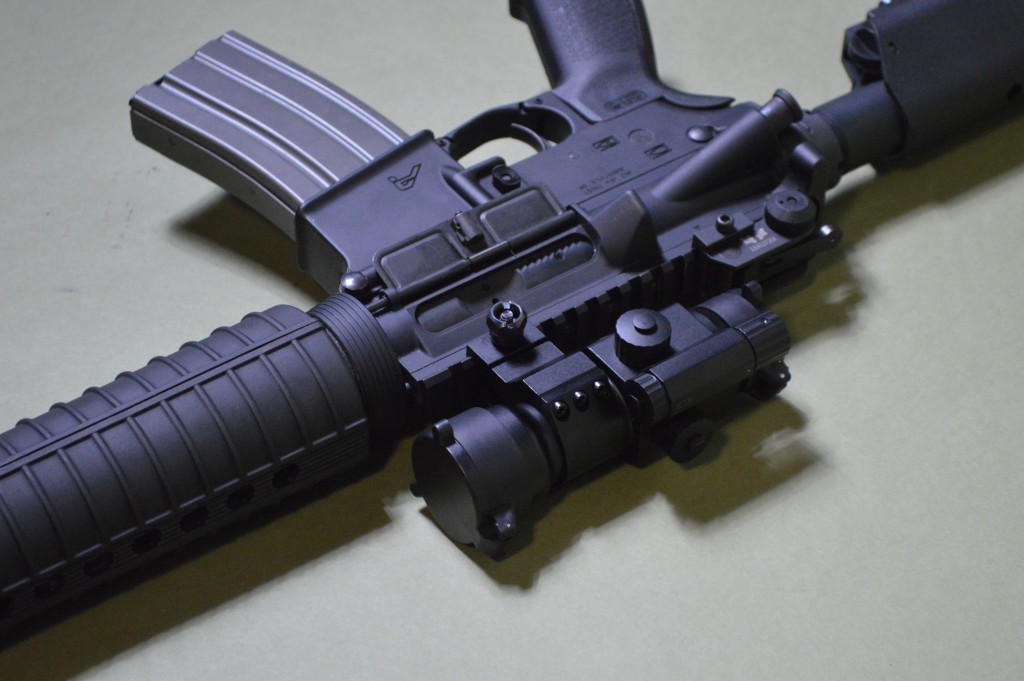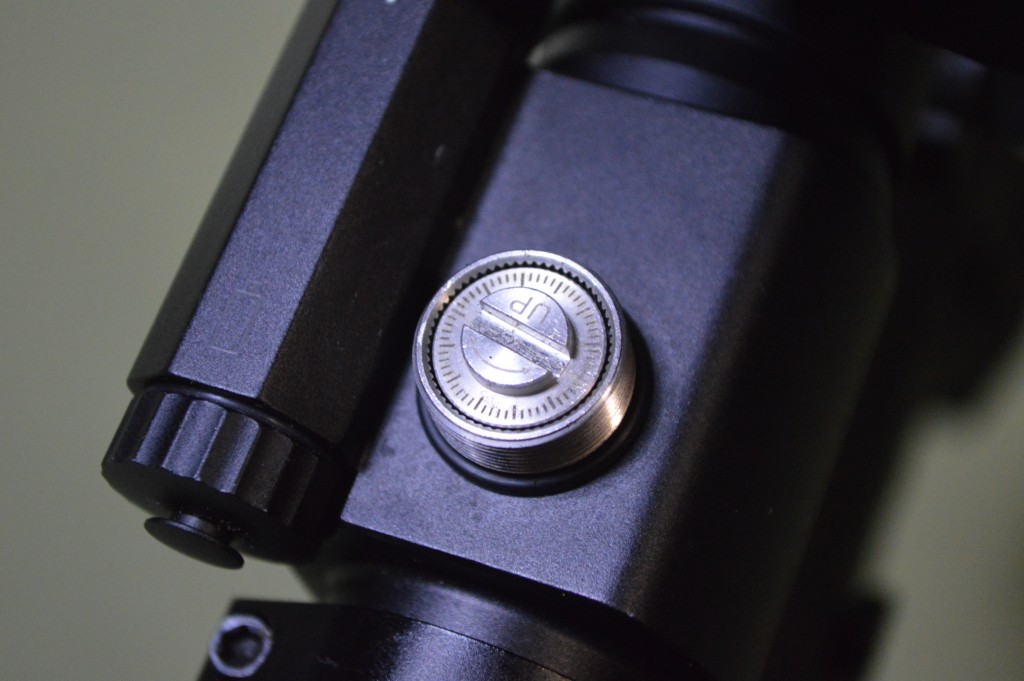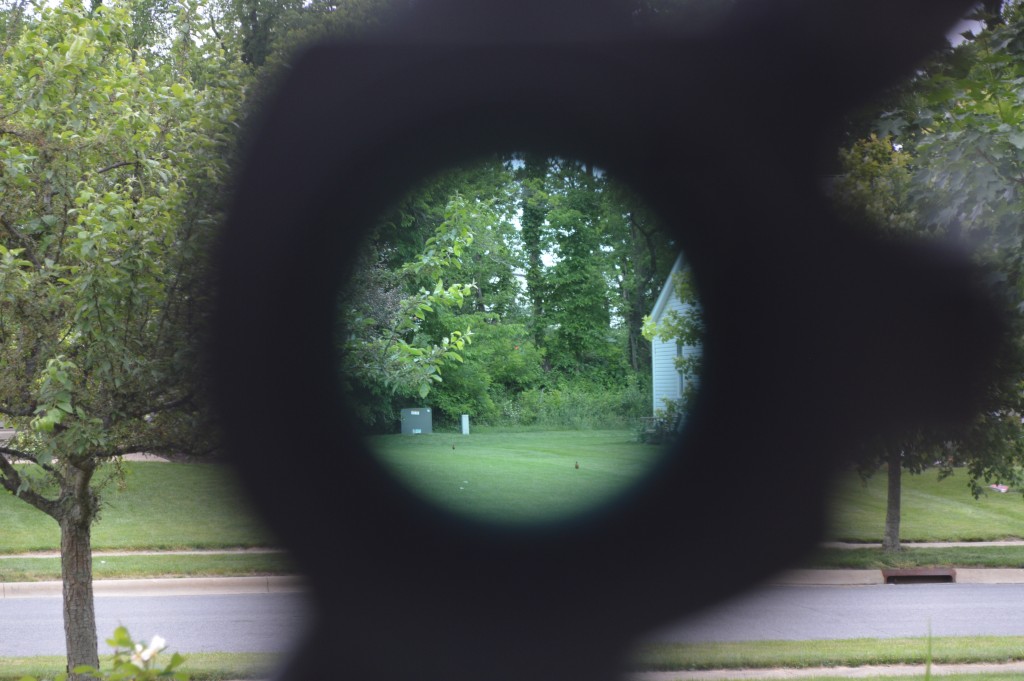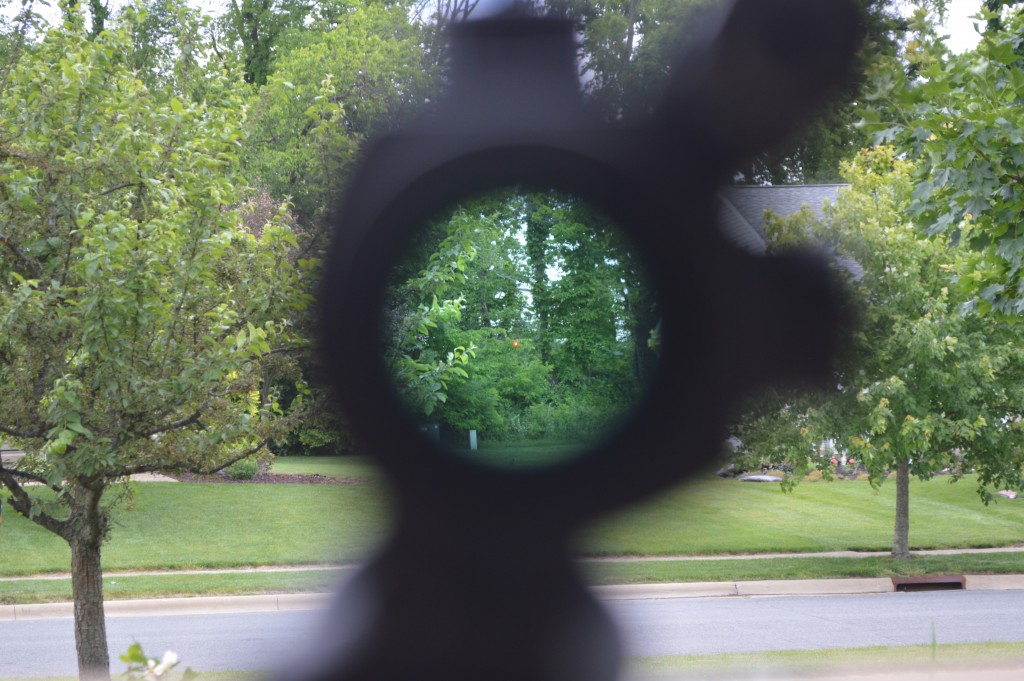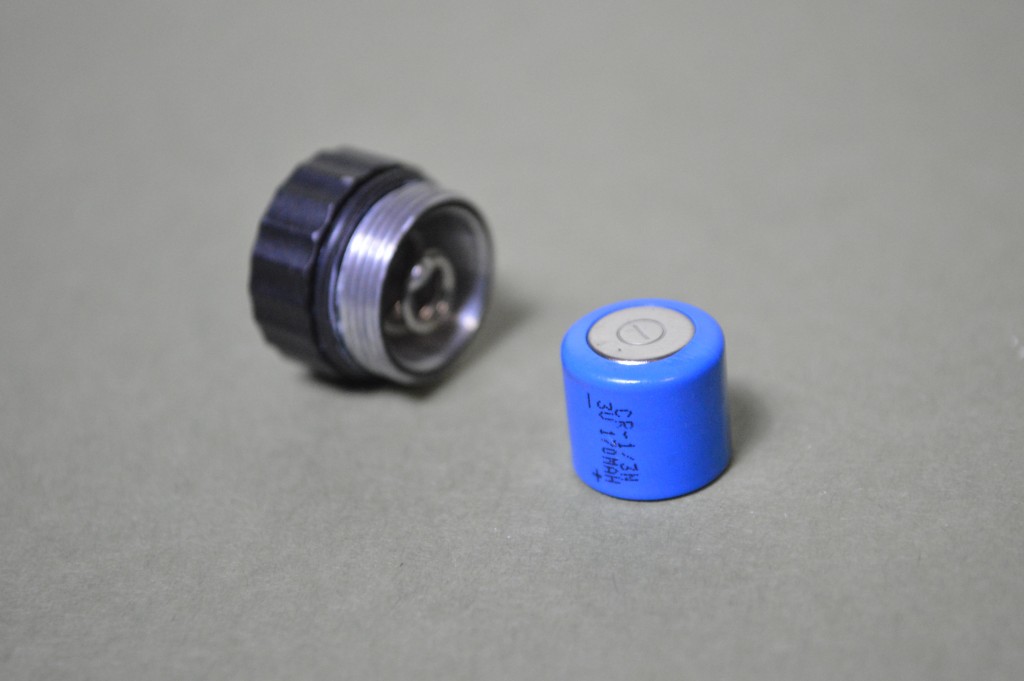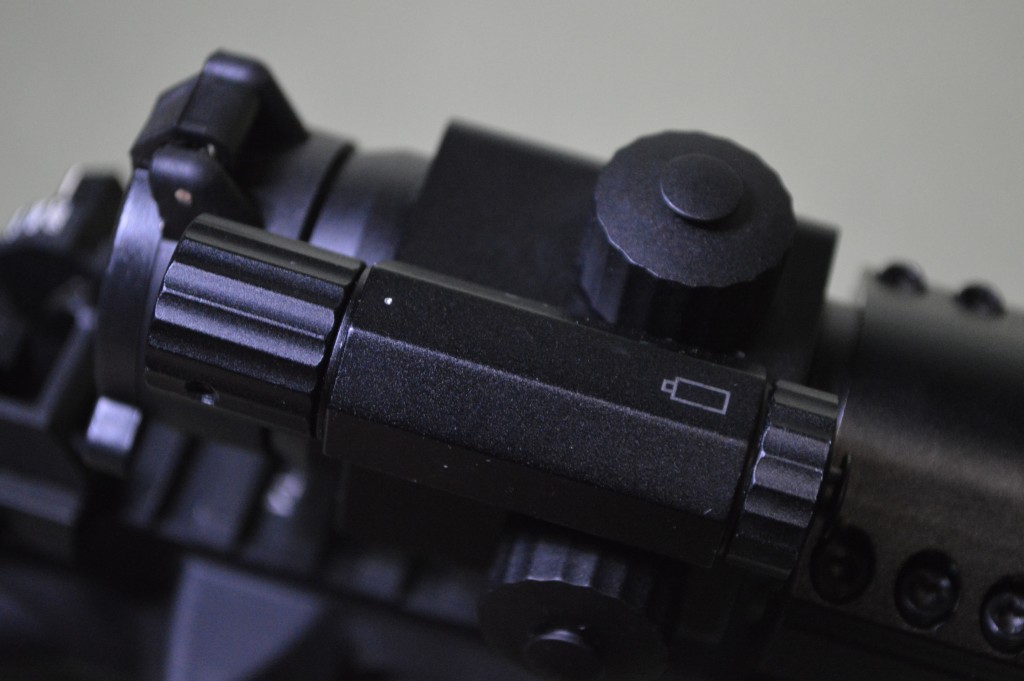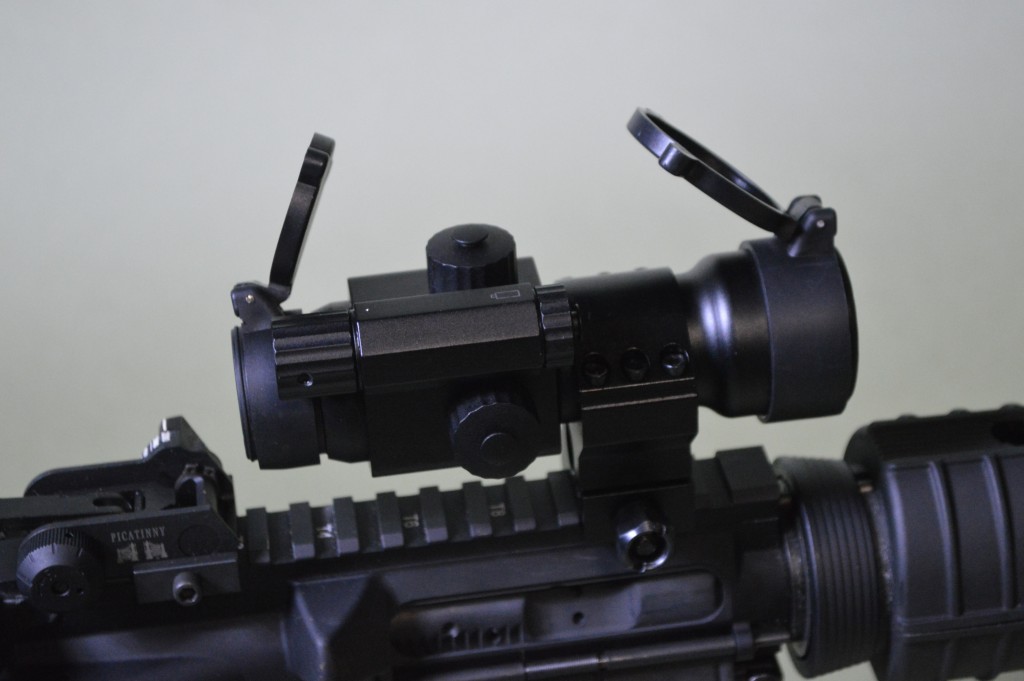Primary Arms Advanced 30mm Red Dot Review
While I’ve been fortunate to own and use some high quality, pricey optics (like my beloved ACOG), I’m honestly sort of obsessed with the search for decent budget optics. My experience has shown that while the top tier sights are usually phenomenal, the point of diminishing returns concerning price and optical quality is generally surprisingly low – below $200 for most non-magnified optics. As a result, I often find it difficult to justify Aimpoint-type pricing for red dots that will, God willing, only ever see semi-regular range duty.
Today, we’re going to take a look at one of the most appealing options in the budget red dot category: Primary Arms’ Advanced 30mm Red Dot (PA30MMRD-AD). Equipped with improved electronics, better glass, and an improved overall build, the Advanced 30mm is the latest revision in Primary Arms’ line of Aimpoint lookalikes. I previously reviewed the older version of Primary Arms’ 30mm red dot that ran on CR2032 batteries. If the advertised specs are to be believed (and I do find Primary Arms to be trustworthy in this regard), this updated model might be the closest thing to an actual Aimpoint that the company has released yet. Let’s dig in.
In a world that seems to be moving full speed toward smaller, lighter optics, the Advanced 30mm may look like a bit of an anachronism. It weighs 7.6 ounces and with the included lens covers in place, is just under 5.5” long. Pairing it with Primary Arms’ mid-height rings adds another 2.9 ounces.
The optic’s reticle is, as expected, a plain red dot. It’s 2 minutes of arc (MOA) in diameter – an ideal size, in my opinion. If you’re like me and you have some astigmatism, the smaller the dot, the better. Adjusting the point of aim is easy using the turrets on the top and right of the optic. Simply remove the caps and use a coin, screwdriver, or key to turn the dials according to the guide on their faces. As always, you twist the dials in the direction that you would like to move the point of impact. Each highly-audible and tactile click is worth ½ MOA, which is precise enough for this sort of sight.
There’s no question the Advanced 30mm Red Dot sports some really excellent glass. I’ve said it before, but the best glass I’ve seen in a traditional red dot (non-holographic) was on the Aimpoint M4. In terms of clarity, this optic isn’t far behind that far, far more expensive red dot. Is there some color distortion? Yep. But that’s inherent to all red dots, save those that are holographic.
As with any optic, parallax is a concern here. That is, if you don’t keep consistent cheek weld, the point of aim (or position of the dot) will shift. As your target gets farther away, the parallax effect becomes less significant. Anything beyond 50 feet won’t be a concern when using the Advanced 30mm.
Let’s talk about battery life. If memory serves me correctly, I’ve had this red dot – and the included CR-1/3N battery – since September of last year. I’m writing this article on June of 2018. The Advanced 30mm has been powered on at level five since it arrived. This brightness level is squarely in the middle of the red dot’s range, and it’s very usable in most low/medium light scenarios.
Now, Primary Arms advertises the Advanced 30mm Red Dot as a 14,000-hour optic. That means my batteries should last a smidge under two years when used continuously. Obviously, I haven’t had the sight for that long and frankly, I don’t have the time or patience to wait that long to share my thoughts. As it is, we’re sitting at around eight months of constant-on usage. I think it’s doing damn well and I’ll update this article if the optic misses its advertised mark by too much.
The Primary Arms Advanced 30mm sports ten different brightness levels. There are three different night-vision compatible levels at the low end of the scale (more on these in a moment). Bookending the various brightness options are two off positions. This is an appreciated feature as it allows users to go straight from the highest settings to off without running through all the lower brightness modes. For indoor or low light applications, levels four and five seem to be ideal. On a typical day at the range, I stick around level eight. I should mention that levels nine and ten do suffer from a minor halo-like effect wherein a ring-shaped artifact encircles the fine dot. This ghosting washes out in any bright environment – the kind that might require these settings.
If like me, you were an early adopter of the Advanced 30mm, you may have received an email last winter indicating that the first units’ “night vision” settings aren’t really at all compatible with night vision equipment. In essence, the levels are too bright to work. I first wondered about this as soon as I received the red dot. Having played with a few different Aimponts, I knew the night vision settings are usually nearly invisible to the naked eye. This was also supported by my SLR-104FR’s PK-01VS red dot from BelOMO. Primary Arms has offered replacement units for those of us who received “faulty” optics, but I haven’t taken them up on it.
A final point I’d like to address is durability. The Primary Arms Advanced 30mm is built out of 6061-T6 hard coat anodized aluminum, just like Aimpoint’s PRO, but not quite the 7075 used on more expensive options. I’ve used it on a slew of different firearms. From 9mm and .45 ACP carbines to 5.56mm and .300 Blackout AR-15s. Okay, that isn’t the most diverse group, but it does represent a decent collection of various calibers. Unsurprisingly, the red dot held zero on all of these and was almost issue free all-around. Things were looking so, so good for this sight until after ONE shot on my 5.56mm SBR; the dot BRIEFLY dimmed slightly before quickly returning to full brightness. This suggests a loose connection inside the red dot, but I haven’t been able to replicate it. I’ll update this review if it returns.
Fortunately (for anyone reading this review), I’ve had the opportunity to use the Primary Arms Advanced 30mm on a few very rainy days. I haven’t babied the optic in the slightest and even in serious downpours, I’ve kept it out in the elements. I also recently dunked the red dot in a 10-inch deep tub of water. It didn’t leak and hasn’t shown any signs of electrical issues in any of these tests.
Aside from that minor (for now) electrical foible when I was using the Advanced 30mm on my AR SBR and the acknowledged – and now rectified – night vision mode issues, this sight has been flawless. It’s not as small or as light as other red dots, but it isn’t meant to be. There are tradeoffs that must be made to gain extra field of view over micro red dots. Battery life has also been phenomenal as we’re now approaching 8+ months of constant-on operation. Really, for $130, there’s no reason not to look at the Primary Arms Advanced 30mm Red Dot if you’re in the market for this sort of optic.
An information security professional by day and gun blogger by night, Nathan started his firearms journey at 16 years old as a collector of C&R rifles. These days, you’re likely to find him shooting something a bit more modern – and usually equipped with a suppressor – but his passion for firearms with military heritage has never waned. Over the last five years, Nathan has written about a variety of firearms topics, including Second Amendment politics and gun and gear reviews. When he isn’t shooting or writing, Nathan nerds out over computers, 3D printing, and Star Wars.

